Spice Up Your Life: The 7 Must-Know Ingredients in Caribbean Jerk Seasoning (And How to Use Them)
Welcome to a flavor-packed journey through the vibrant world of Caribbean jerk seasoning. If you've ever tasted authentic Jamaican jerk chicken, you know there’s magic in that marinade. But what exactly makes this fiery, aromatic blend so special? Let's break down the core ingredients in Caribbean jerk seasoning, explore their roles, and offer some pro tips for using them like a seasoned island chef.
Table of Contents
- What Exactly Is Caribbean Jerk Seasoning?
- The 7 Core Ingredients You Can’t Skip
- Quick Reference Table: Spices & Their Flavor Roles
- Pro Tips for Mastering Your Own Jerk Blend
- Pairing Suggestions for Maximum Flavor
- A Bit of History: How Jerk Got Its Swagger
- Conclusion: Spice It Up Like a Pro
What Exactly Is Caribbean Jerk Seasoning?
Jerk seasoning is more than just a spice mix — it’s a culinary tradition rooted in the Caribbean, particularly Jamaica. Originally used by the indigenous Taino people, jerk evolved into its modern form with African influences during the colonial era.
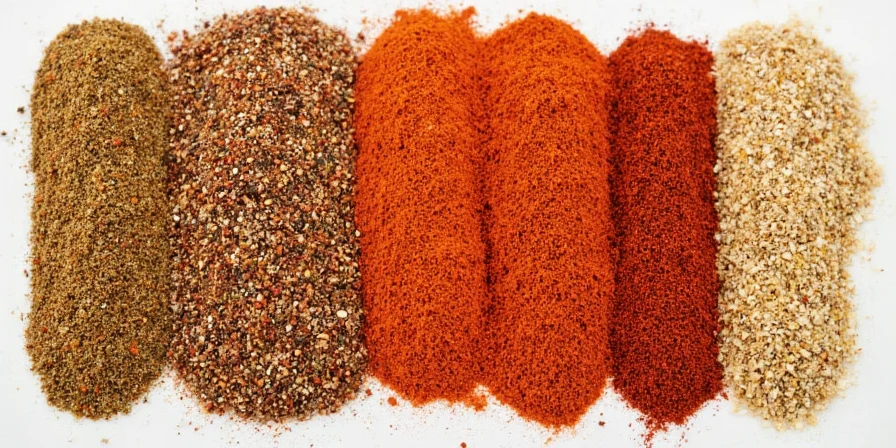
The key lies in the balance of heat, sweetness, earthiness, and a hint of smokiness. While store-bought blends are convenient, crafting your own jerk seasoning gives you control over every layer of flavor.
The 7 Core Ingredients You Can’t Skip
- Scotch Bonnet Peppers: These are the fire behind the flavor. With heat levels similar to habaneros, they also add fruity undertones. Pro tip: Wear gloves when handling them!
- Allspice (Pimento): This is the heart of jerk seasoning. Whole allspice berries are best for grinding fresh. They offer warmth and depth — think cinnamon meets clove.
- Thyme: Fresh or dried thyme brings an herbal brightness that balances out the heavier spices. Go for the dried variety if convenience is key.
- Garlic: A must-have in any savory marinade, garlic adds richness and pungency. Use fresh cloves for maximum impact.
- Onion: Whether fresh or powdered, onions bring sweetness and umami. Fresh onion adds moisture to the paste version of jerk seasoning.
- Ginger: Ground ginger or grated fresh root introduces a zesty warmth that lifts the entire blend.
- Salt: The unsung hero that enhances every other flavor. Kosher salt works well for even distribution.
Quick Reference Table: Spices & Their Flavor Roles
| Ingredient | Flavor Profile | Heat Level | Best Used |
|---|---|---|---|
| Scotch Bonnet | Fiery, fruity, tropical | High (7/10) | Fresh or minced |
| Allspice | Earthy, warm, spicy-sweet | Low | Freshly ground |
| Thyme | Herbal, floral, bright | Low | Dried or fresh |
| Garlic | Pungent, savory | Low | Fresh or powder |
| Onion | Sweet, savory | Low | Fresh or powder |
| Ginger | Zesty, peppery | Medium | Fresh or ground |
| Salt | Enhances all flavors | None | Kosher or sea salt |
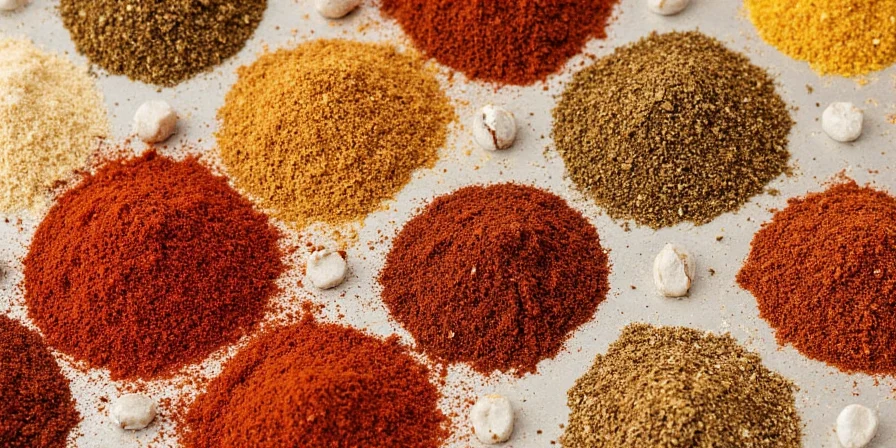
Pro Tips for Mastering Your Own Jerk Blend
- Grind Your Own Allspice: Whole allspice berries retain more aroma and potency than pre-ground versions. Grind as needed for fresher flavor.
- Use Fresh Scotch Bonnets: Dried chilies can work, but nothing beats the natural fruitiness and heat of fresh peppers.
- Let It Rest: Marinate proteins overnight if possible. This allows the flavors to penetrate deeply and tenderize the meat.
- Make a Wet Paste: For deeper penetration, mix the dry ingredients with oil, vinegar, citrus juice, or soy sauce to make a paste.
- Experiment with Heat: Want less fire? Reduce the number of Scotch bonnets or remove the seeds. Craving more smoke? Add a pinch of smoked paprika.

Pairing Suggestions for Maximum Flavor
Don’t stop at chicken! Try your jerk seasoning on these:
- Seafood: Jerk shrimp skewers or grilled snapper
- Tofu: Vegan-friendly jerk tofu tacos
- Veggies: Jerk-seasoned roasted cauliflower or sweet potatoes
- Grains: Sprinkle on quinoa or couscous for a kick
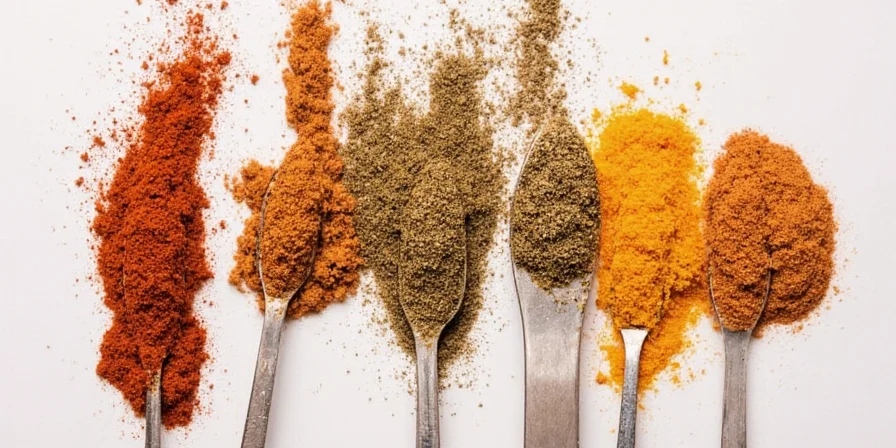
A Bit of History: How Jerk Got Its Swagger
Jerk cooking originated with the indigenous Arawak and Taino peoples who developed the technique of slow-roasting meat over fire. Later, escaped African slaves known as the Maroons adopted and refined the method, adding their own spice blends influenced by West African cuisine.
Today, jerk seasoning is a symbol of Jamaican identity and pride. From roadside shacks to Michelin-starred kitchens, its influence spans the globe — and now, your kitchen too!
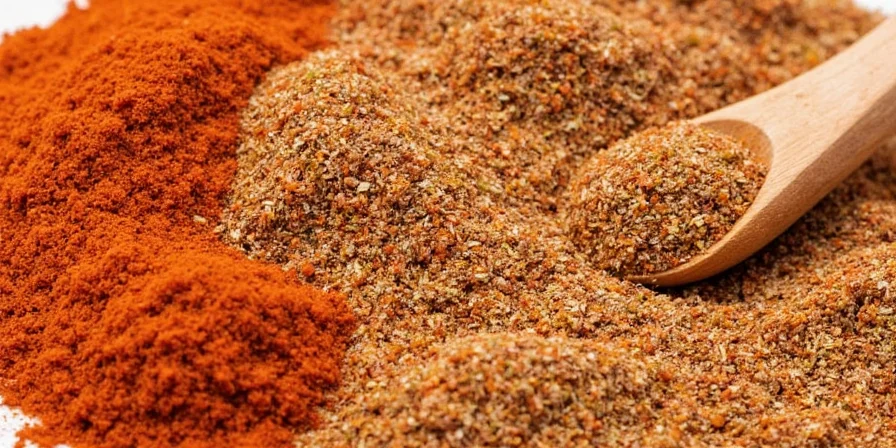
Conclusion: Spice It Up Like a Pro
Understanding the ingredients in Caribbean jerk seasoning opens the door to a whole new world of flavor. Each spice plays a unique role — from the searing heat of scotch bonnets to the comforting warmth of allspice. By mastering these seven essentials, you’re not just making food; you're crafting a cultural experience.
So next time you reach for that bottle of jerk seasoning, remember: you're holding centuries of history, science, and soul in your hands. Now go ahead — rub it on, marinate it in, and most importantly… enjoy it fully.
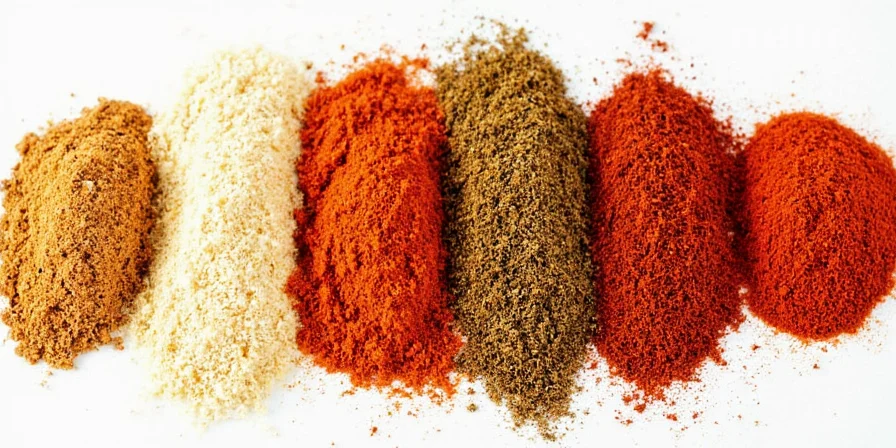

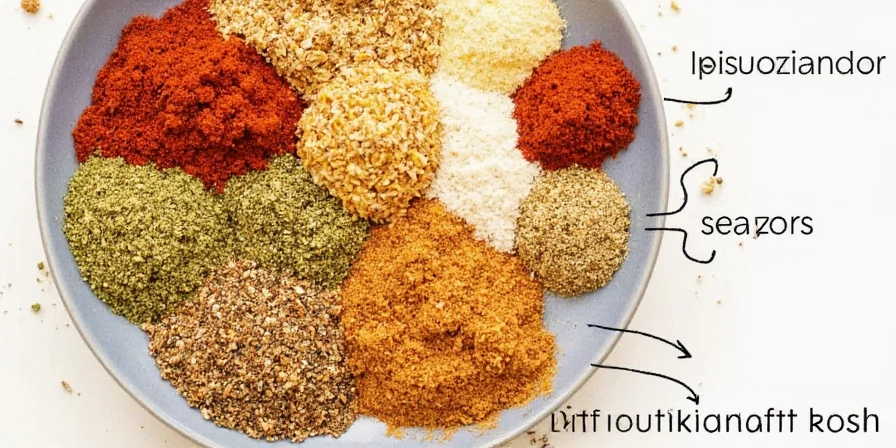









 浙公网安备
33010002000092号
浙公网安备
33010002000092号 浙B2-20120091-4
浙B2-20120091-4